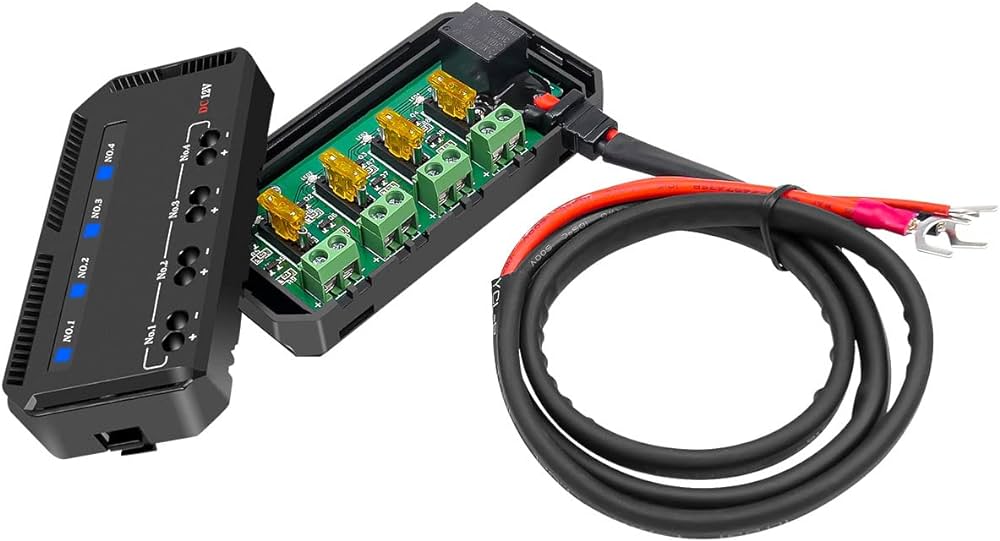
In the realm of motorcycles, where power and precision intertwine, the electrical system stands as the backbone, orchestrating the symphony of lights, signals, and engine functions. Amidst this intricate network of wires and components, the fuse box emerges as an unsung hero, silently safeguarding the electrical integrity and ensuring the rider’s safety. This comprehensive guide delves into the world of motorcycle fuse boxes, illuminating their anatomy, protective power, maintenance requirements, and the crucial role they play in electrical safety.
Unveiling the Anatomy of a Motorcycle Fuse Box
The motorcycle fuse box, often concealed beneath a protective cover, serves as a command center for the electrical system. Within its depths lies an array of components, each playing a vital role in regulating and protecting the electrical flow.
At the heart of the fuse box reside the fuses, sentinels safeguarding the electrical circuitry. These unsung heroes, typically blade or glass tube fuses, come in varying amperage ratings, each designed to withstand a specific current threshold. When an electrical fault causes current to exceed the fuse’s rating, it sacrifices itself, breaking the circuit and protecting more sensitive components from damage.
Complementing the fuses are relays, electromechanical switches that act as intermediaries between the fuse box and other electrical components. Relays, controlled by low-current signals, enable the switching of high-current loads, such as headlights or starter motors, without burdening the fuse box’s circuitry.
The Protective Power of Fuse Boxes: Safeguarding Electrical Systems
Motorcycle fuse boxes stand as guardians of the electrical system, shielding it from the perils of excessive current flow. Their primary function is to prevent electrical faults, such as short circuits and overloads, from wreaking havoc on delicate electrical components.
A short circuit occurs when an unintended path is created between two points of opposite polarity, leading to an uncontrolled surge of current. Fuse boxes, with their strategically placed fuses, detect this surge and sever the connection, preventing damage to the surrounding circuitry.
Overloads, on the other hand, arise when an electrical component draws more current than it is designed to handle. Fuse boxes, acting as vigilant watchdogs, identify this excessive current draw and intervene by blowing the corresponding fuse, safeguarding the component from overheating or potential failure.
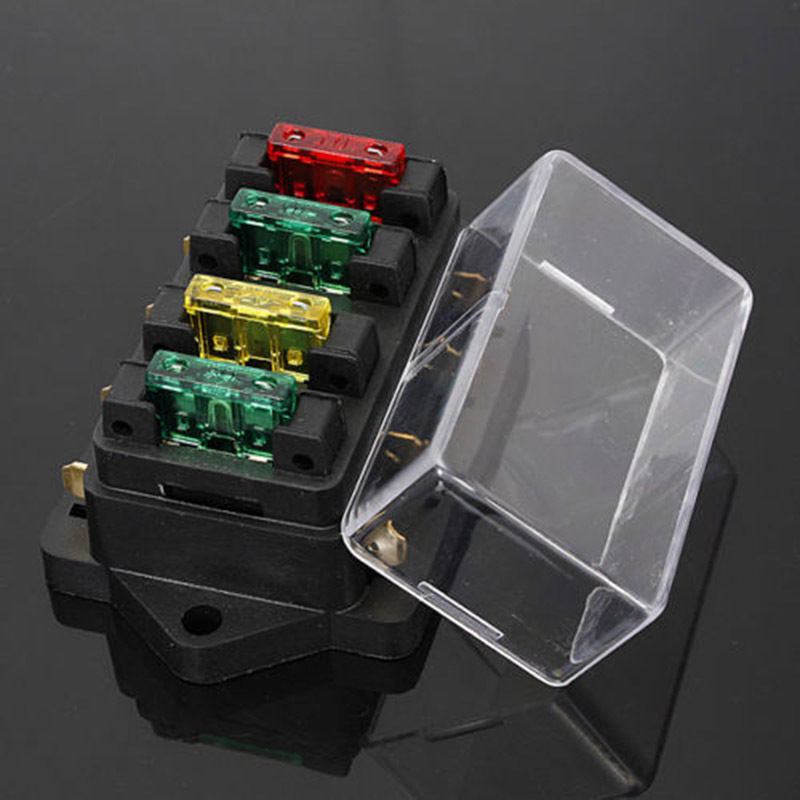
Fuse Box Failure: Symptoms and Consequences
While fuse boxes are designed to withstand the rigors of the road, they are not immune to failure. Signs of a potential fuse box malfunction may manifest in subtle ways, often overlooked until a more severe issue arises.
A telltale sign of fuse box trouble is the presence of blown fuses. Frequent fuse replacements, especially in a short period, indicate an underlying electrical issue that warrants attention. Flickering lights, erratic electrical behavior, or a complete loss of power are more severe symptoms that demand immediate investigation.
The consequences of a faulty fuse box can range from inconvenient to downright dangerous. Electrical fires, component damage, and even potential accidents caused by electrical malfunctions underscore the importance of maintaining a properly functioning fuse box.
Maintaining Your Motorcycle’s Fuse Box: A Guide to Prevention
Prevention, as the adage goes, is better than cure. Regular fuse box inspections and maintenance can go a long way in preventing potential failures and ensuring the electrical well-being of your motorcycle.
The first step in maintaining your fuse box is to establish a routine for regular inspections. These inspections should involve checking the fuses for signs of wear, corrosion, or damage. A simple visual examination can suffice, but a closer look with a flashlight is recommended.
Tightening loose connections is another crucial aspect of fuse box maintenance. Over time, vibrations and environmental factors can cause connections to loosen, potentially leading to arcing or even short circuits. Regularly checking and tightening connections ensures optimal electrical flow and prevents potential problems.
When replacing fuses, it is paramount to use the correct amperage rating specified by the motorcycle manufacturer’s manual. Using a fuse with a higher rating compromises the protection it provides, while a lower rating may not be sufficient for the circuit’s demands.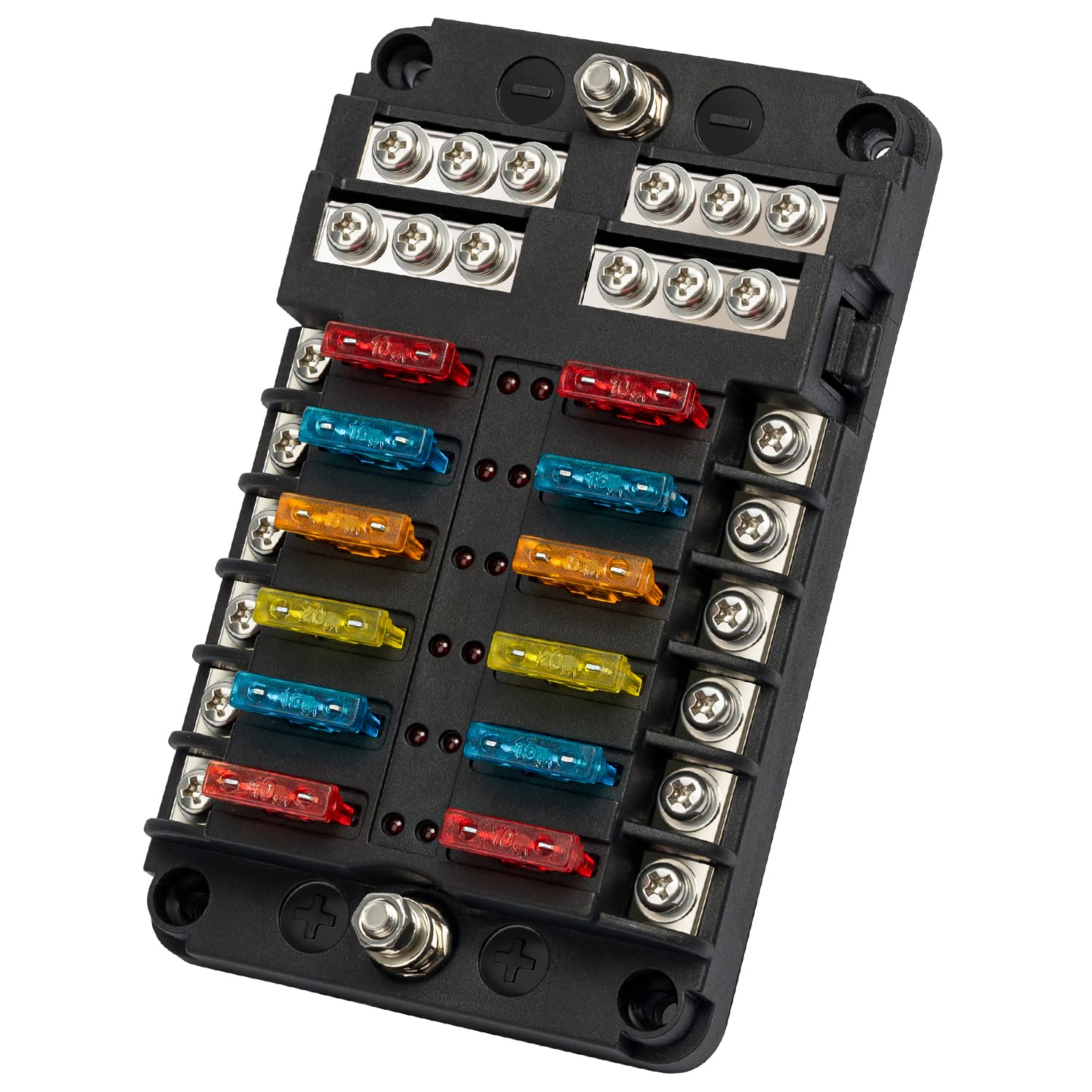
Fuse Box Placement: A Strategic Location for Electrical Safety
The placement of fuse boxes on motorcycles is not a matter of chance but a strategic decision aimed at maximizing safety and ease of access. Typically mounted near the battery or in a central location, fuse boxes are positioned to provide convenient access for inspection and maintenance.
This strategic placement also shields the fuse box from external damage, such as impacts or debris. The protective cover, often made of durable plastic or metal, further safeguards the fuse box from the elements, preventing corrosion and electrical malfunctions.
Keeping the fuse box clean and dry is essential for maintaining its integrity. Regular cleaning with a soft cloth and mild detergent removes dust and grime, while ensuring the fuse box remains free from moisture that could lead to corrosion or electrical shorts.
The Role of Fuse Boxes in Motorcycle Safety
Fuse boxes play a pivotal role in motorcycle safety, acting as silent sentinels guarding against electrical dangers. By preventing short circuits, overloads, and other electrical faults, fuse boxes safeguard the motorcycle’s electrical system from catastrophic failures. Electrical fires, a major safety concern for motorcycles, are significantly less likely with a properly functioning fuse box. A faulty electrical system can lead to unpredictable behavior, such as sudden loss of power or malfunctioning lights, potentially causing accidents. Fuse boxes, by mitigating these electrical gremlins, contribute to a safer riding experience.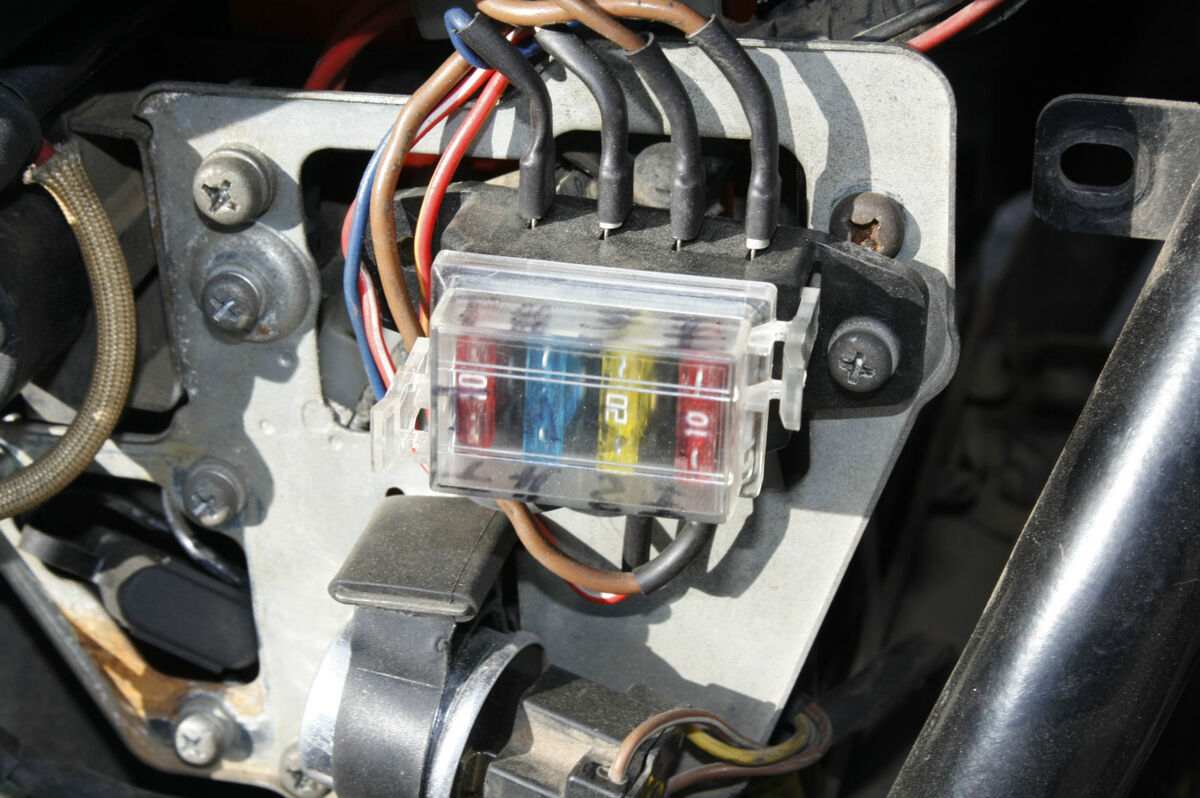
Fuse Boxes and the Evolution of Motorcycle Electrical Systems
The landscape of motorcycle electrical systems has undergone a dramatic transformation in recent years. Gone are the days of simple lighting and ignition systems. Modern motorcycles boast a plethora of advanced features, from fuel injection and anti-lock braking systems (ABS) to digital displays and heated grips. This surge in complexity has necessitated a corresponding evolution in fuse box design.
To accommodate these advancements, motorcycle fuse boxes have become more sophisticated. Modern fuse boxes may incorporate a wider variety of fuses, including mini fuses and micro fuses, catering to the diverse current requirements of various electronic components. Additionally, some fuse boxes now integrate relays specifically designed for electronically controlled systems.
The importance of using fuse boxes designed specifically for your motorcycle model cannot be overstated. A model-specific fuse box guarantees compatibility with the electrical system’s layout and current requirements. Using a generic fuse box can lead to mismatched amperage ratings, potentially compromising safety or even causing damage to electrical components.
Fuse Boxes in the Future of Motorcycles: Embracing Technological Advancements
As the realm of motorcycle technology continues to push boundaries, the future of fuse boxes appears bright. We can anticipate the integration of advanced technologies into motorcycle fuse boxes, further enhancing safety and simplifying maintenance.
One potential advancement is the incorporation of intelligent monitoring systems within the fuse box. These systems could continuously monitor current flow and detect potential faults before they escalate into major issues. Additionally, self-resetting fuses, which can automatically reset after a brief overload, could become more commonplace, reducing the need for frequent fuse replacements.
These advancements promise a future where fuse boxes not only safeguard electrical systems but also provide valuable diagnostic information and require less maintenance. This evolution will undoubtedly contribute to a more reliable and safer riding experience for motorcycle enthusiasts.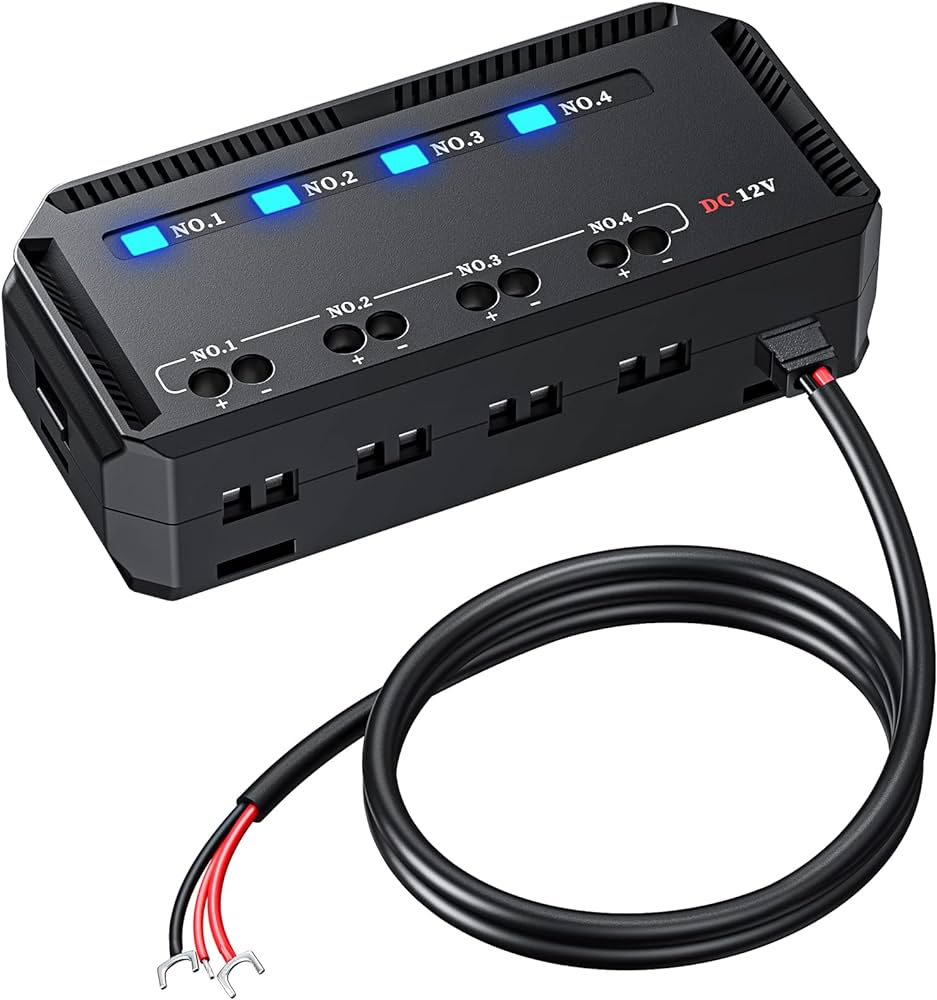
Conclusion: Fuse Boxes – The Unsung Heroes of Motorcycle Safety
The unassuming motorcycle fuse box, often overlooked and underestimated, plays a critical role in safeguarding the electrical system and ensuring rider safety. By preventing electrical faults, protecting components, and mitigating potential hazards, fuse boxes operate silently in the background, ensuring a smooth and safe ride.
Regular maintenance, including inspections and proper fuse replacement, is paramount for keeping your fuse box functioning optimally. Remember, the correct fuse ratings are essential to maintain proper protection. By acknowledging the importance of fuse boxes and taking proactive measures to ensure their well-being, you can contribute significantly to the safety and reliability of your motorcycle. So, the next time you take your motorcycle out for a spin, take a moment to appreciate the silent guardian nestled within your machine – the unassuming fuse box, a crucial player in your motorcycle’s safe and enjoyable operation.
Leave a Reply